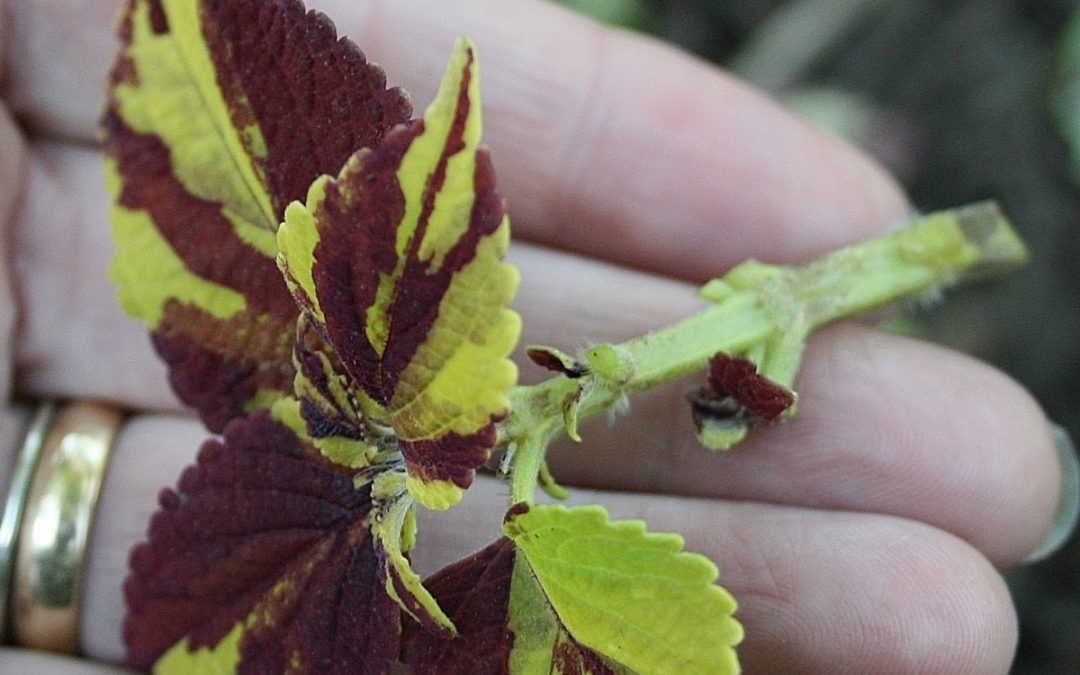What a difference a year makes! The Madison area has received half the rainfall that accumulated by the end of August in 2020. We’re almost 10 inches shy of the yearly average. When you factor in the excessive heat, a few derechos and a couple tornadoes, the 2021 growing season has been mighty interesting. But the Autumnal Equinox is just 27 days away, marking the time to turn our gardening thoughts to preparing for the cooler weather to come.
Let’s talk about the dry conditions that we’ve experienced this summer. We’re seeing wilting and scorching on even well-established trees, shrubs and perennials. There has been some accumulation this week, but it would be a fine idea to get your hoses out this weekend and soak your garden if tomorrow doesn’t yield some good accumulation. You can skip the lawn if you’ve let it go dormant, but water everything else, especially plants that are susceptible to drought damage like redbuds, beeches and clethra.
The average first frost in the Madison area occurs in the first week of October, but we did experience a 31 degree night on October 2nd last fall, though a hard freeze didn’t occur until the 19th. So it isn’t a bad idea to formulate your plan for moving houseplants and other tropical plants that have spent the summer outside, indoors for the winter. You don’t want to get caught off guard when temperatures do drop below 45 degrees. That was September 19th in 2020 with a surprise low of 37. Now is definitely a good time to apply some late season insect control so that any plants moved inside are pest free. Problems that are merely annoying out of doors quickly become epidemics in the confined conditions of your home.
Some houseplants though, like Christmas cactus and cymbidium orchids, need to be chilled to help develop the flower buds. These plants can be left outside until night temperatures dip into the upper 30’s.
Don’t forget that there is much less light inside your house than you think, and you may notice some leaf drop or discoloration as plants acclimate to new light levels. Lessen this problem by placing the plants into the sunniest windows that you have. You can gradually move low light plants to less sunny locations. You’ll also want to adjust your watering schedule. Plants will need less water as the days shorten and temperatures cool. Cut back on fertilizing as well.
Try tissue propagating some of your favorite Coleus, Fuchsias and Geraniums to over-winter indoors. Take a 4 to 6 inch cutting from the tip of a healthy stem. Remove any flowers and the lowest set of leaves. Dip the cut end in some rooting hormone and place the cutting in a clean container filled with moist vermiculite or soil-less potting mix. Place in a bright location out of the direct sun and keep the rooting mix moist. Once the cuttings have rooted, move them to a sunny window and treat them as houseplants. The rooting process usually takes about two to three weeks.
Powdery mildew always peaks as the temperature drops. We’ve identified plenty of cases on ninebark, peonies and lilac. Cleaning up now can reduce re-infection next summer, so be sure to remove and discard all infected plant material when you prepare your garden for winter. And remember to water the soil, not the plants. This is even more important in the fall when the cooler temperatures can exacerbate mildew on wet foliage.
As you clean collect your yard tools this fall, unearth your frost protection like row covers, sheets and big utility pots. Keep them handy in case a light frost is predicted. We like to go by the old saying ‘If you don’t have frost by the full moon in September, you won’t have frost until the full moon in October.’ It usually holds true, but October’s isn’t until the 20th. Besides, Mother Nature has never marched to the beat of anyone’s drum but her own. So make like a Good Scout and Be Prepared!

